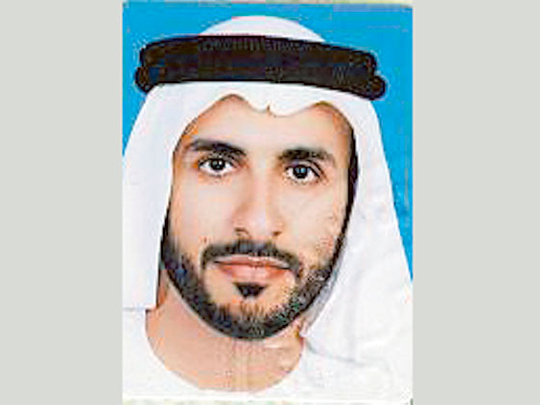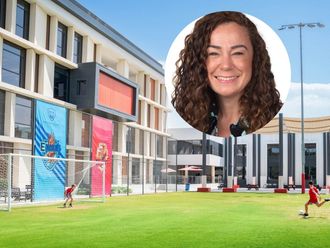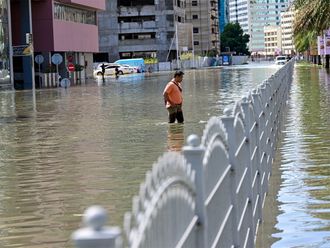
Abu Dhabi: It was the emergence of oil that became the catalysis for the evolution of Qasr Al Hosn from a fort into a palace.
Over time, the landmark structure also grew into a home for generations of Abu Dhabi rulers, including the founding father of the UAE, Shaikh Zayed Bin Sultan Al Nahyan.
The effect of this flagship structure on the people of Abu Dhabi is still tremendously significant as many of the city’s elders and historians are even able to recall the impact of the palace on their individual lives.
“Qasr Al Hosn is the White House of Abu Dhabi. Having housed some of the most significant rulers of Abu Dhabi, the palace is also similar in its involvement towards the building of the modern-day capital,” Emirati historian Hamdan Al Darei told Gulf News.
One of the key reasons behind its formation and even naming, Qasr Al Hosn (which means the Palace of Defence in Arabic), is strategic in its structure and position on Abu Dhabi’s map.
“It is a protected palace built in a protected place. It was a perfect place for rulers to conduct their majlis meetings, business deals and even house their women and children at the time,” Al Darei said.
Similarly, Sideeq Al Khaja, who was the first municipal chief of Abu Dhabi, worked in the Qasr for eight years with both Shaikh Shakhbout Bin Sultan (1928-1966) and Shaikh Zayed Bin Sultan Al Nahyan (1966-2004).
“This was my place of work and a home to me. I have every inch of it memorised. It is very dear to me personally, and to the UAE politically and historically,” Al Khajah said. “The restoration of Qasr Al Hosn is mandatory because the building is an icon which deserves care, protection and major consideration,” he added.
According to Al Khaja, a Bahraini trader brought about the installment of electricity in the palace in the 1950s. “The trader also added a fan for cooling, light bulbs and a power generator. The northwestern majlis then became a modern seating area accomodating up to 200 guests at a time,” Al Khaja said.
To many Emiratis, the palace acts as a historical reference of their own ancestry and the development of their nation. Until this day, the fort stands to remind Emiratis and expatriates alike about the origins of Abu Dhabi. It also depicts the success story which transformed the structure from a watchtower into a fort, then a palace and finally into the core of a booming civilisation.













